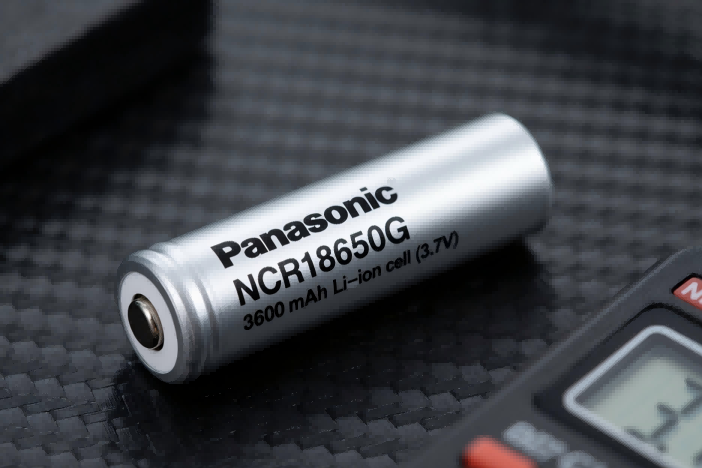18650 3.7V 6000mAh Battery – Why It’s Fake and How to Spot Counterfeits

If you’ve spent time shopping for rechargeable batteries online, chances are you’ve come across listings for 18650 3.7V 6000mAh cells. On paper, they sound incredible—small, powerful, and seemingly capable of running your flashlight or vape for days. But are these claims real, or are they just clever marketing?
What Exactly Is an 18650 Battery?
The name comes from its dimensions: 18 millimetres in diameter and 65 millimetres in length. Inside that metal cylinder is a single lithium-ion cell, the same building block used in laptop packs, power tools, and even Tesla’s early battery modules. By design, it runs at a nominal 3.6–3.7 volts and charges fully to 4.2 volts. The format is popular because it balances size, energy density, and safety in a way that works for a wide range of electronics.
Why 6000mAh Claims Don’t Add Up
In today’s market, the most advanced 18650s—produced by giants like Panasonic, Samsung, LG, and Sony—top out at around 3500 to 3600 milliamp-hours (mAh). A few experimental models edge close to 3800 mAh, but nothing more. When you see a 6000 mAh label slapped on an 18650, it’s not a technological breakthrough. It’s a red flag. The physics simply doesn’t allow it. The casing is fixed, the chemistry has limits, and packing nearly double the capacity into the same volume is impossible with current materials.
What’s Really Inside Fake High-Capacity Cells
So what’s really inside those “6000mAh” cells? Often, much less than you’d expect. Some contain repackaged, recycled cells with degraded capacity. Others hide a smaller battery or cheap filler material under a shiny wrapper. Test results from independent reviewers paint an alarming picture: a so-called 9800 mAh cell barely delivered 800 to 1100 mAh under controlled discharge. That’s not just false advertising—it’s a safety concern, since many of these counterfeits skip essential protections against overheating or short circuits.
How to Spot Counterfeit 18650 Batteries
If the numbers on a spec sheet can’t be trusted, how do you tell a genuine cell from a fake one? The answer isn’t always obvious, but there are clues. Weight is a big one. Real high-capacity 18650s usually fall between 42 and 50 grams. A counterfeit often feels suspiciously light, sometimes just 30 to 35 grams, because there’s simply less material inside.
The wrapper can be another giveaway. Genuine Samsung or LG cells use precise, high-quality labels and consistent colors. A wrapper that looks flimsy, off-shade, or has blurry printing is worth questioning. Even the top cap design—the tiny stamped metal shape on the positive end—varies by brand, and enthusiasts use those patterns as a quick authenticity check.
Pricing also tells a story. If someone is offering “6000 mAh” cells for two bucks apiece, you already know something’s off. Quality batteries aren’t dirt cheap; they reflect the cost of materials and rigorous quality control. The same goes for sellers. Reputable distributors and specialty battery shops have every incentive to supply authentic stock, while random marketplace vendors may be unloading counterfeits with inflated labels.
Reliable Brands You Can Trust
At this point, you might be wondering: so which batteries are actually safe to buy? The answer is refreshingly simple. Stick with trusted manufacturers—Panasonic, LG Chem, Samsung, Sony (Murata), and Molicel. Each has a catalogue of real, tested models like the NCR18650B (3400 mAh), Samsung 30Q (3000 mAh), or Sony VTC6 (3000 mAh). None of them advertise miracle capacities, but they consistently deliver what they promise.
For hobbyists and enthusiasts, it’s often worth spending a little more on cells from an authorized distributor or a well-known online shop. The peace of mind comes not just from better runtime, but from knowing your battery won’t turn into a hazard under stress.
A Simple Rule to Remember
When you see “18650 3.7V 6000mAh” in the wild, think of it as a test: do you trust the label, or do you trust the science? Every serious study, every lab test, and every reputable manufacturer agrees on one thing—the ceiling for an 18650 cell is about 3600 mAh. Anything beyond that belongs more in the realm of fiction than fact.

